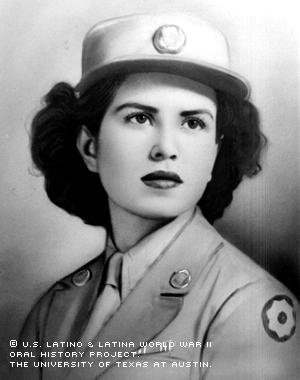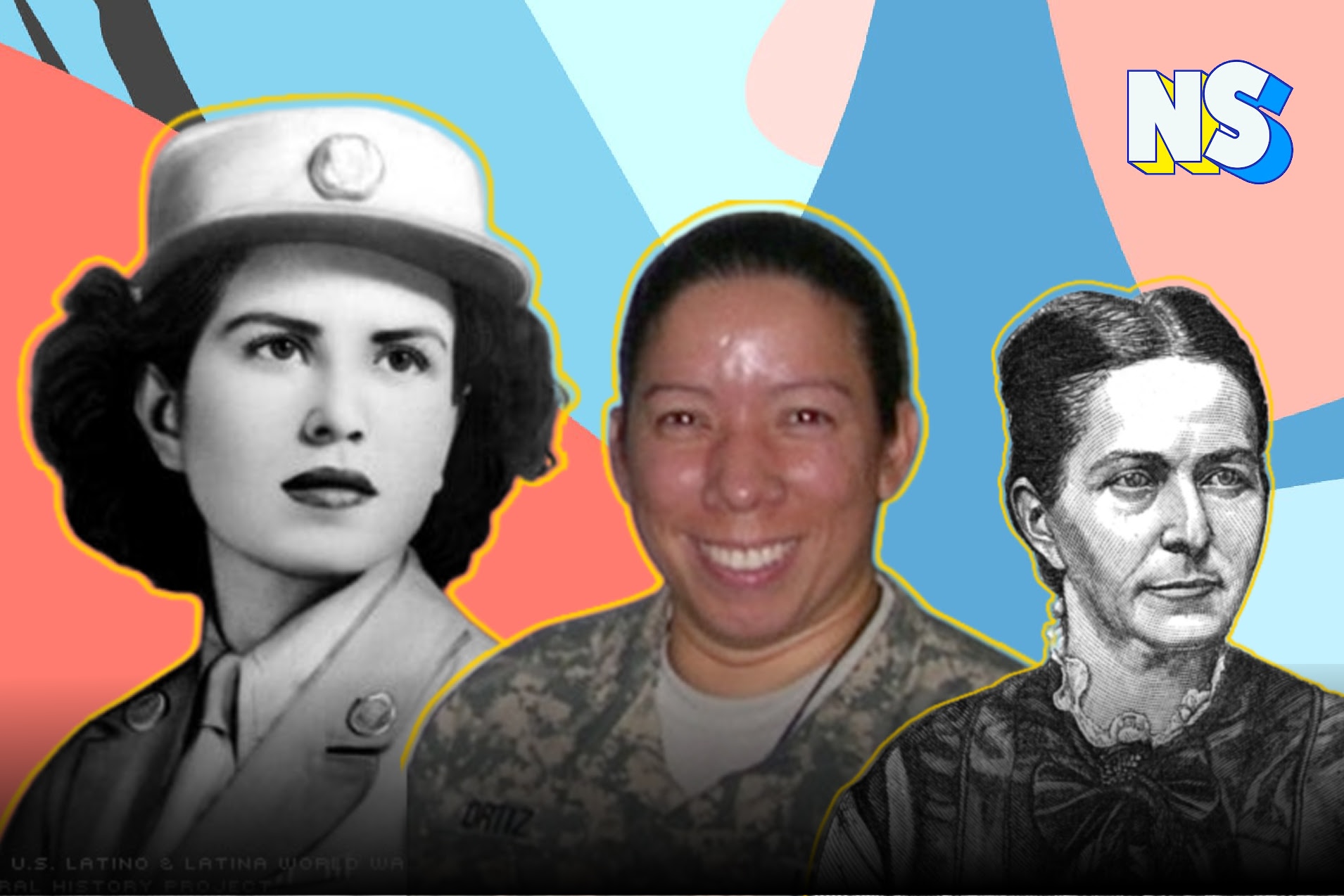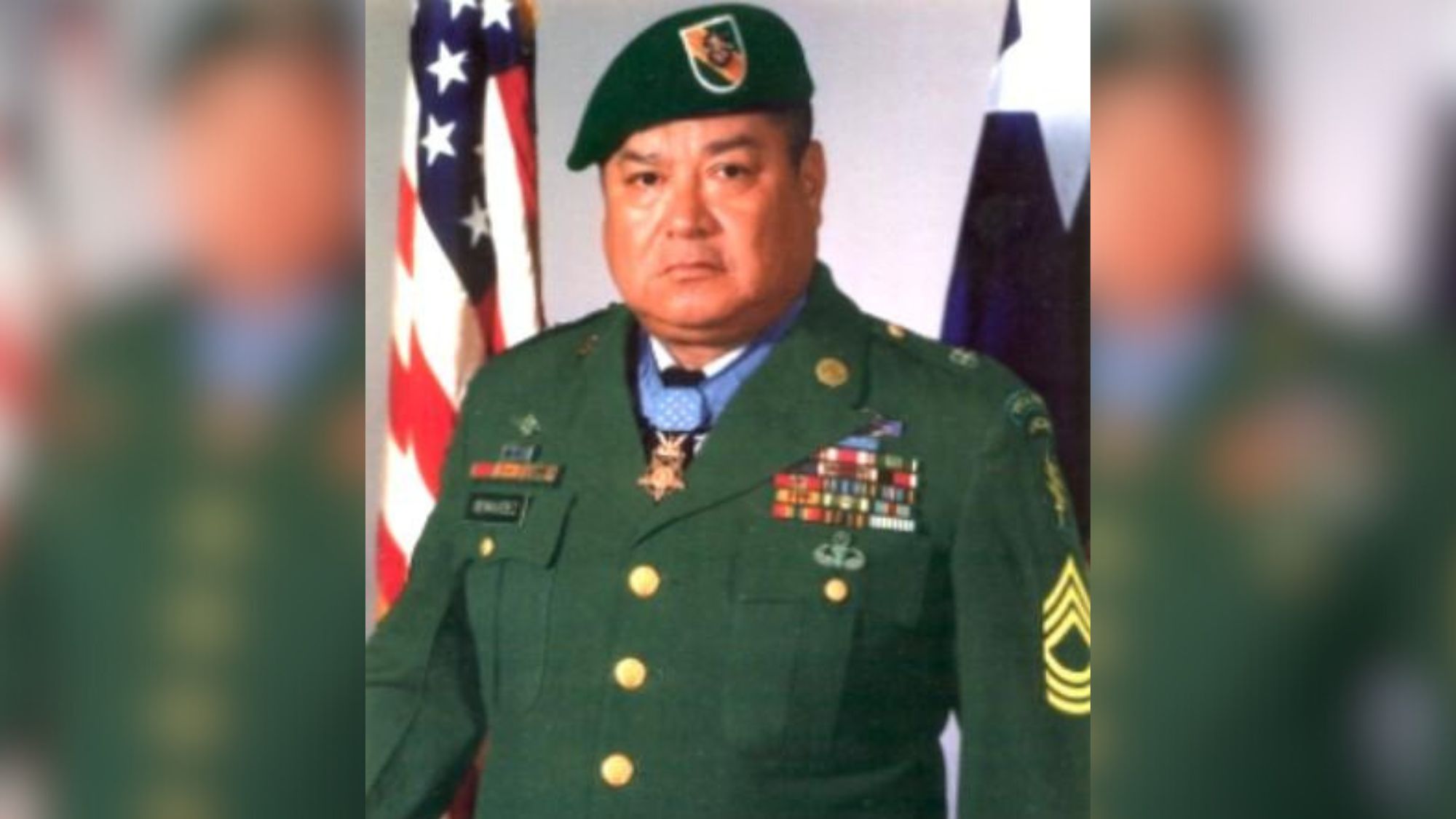Photo Credit: Nuestro Stories
History has taught us that men are, for the most part, celebrated for their exploits. Meanwhile, women are put aside or even forgotten. Oftentimes, their achievements are erased from history and the collective imagination, despite being an integral part of shaping humanity. Latina heroines know this to be true.
The fight for gender equality is present in all fields. However, women, including Latinas, wanting to fight for her ideals can be dangerous for some. A woman enlisting in the army, for instance, was unthinkable and even more so for a Latina. But that served as fuel for many.
Here is a group of Latina heroines that fought to make the United States one of the most sought after countries to live in.
Read more: The Latinos Who Traveled on the Titanic
Loreta Janeta Velázquez

We do not know much about Loreta Janeta Velázques. What we do know has been told by herself, although, to some, she may come off as an unreliable narrator. Born in Havana in 1842 to an aristocratic family, she emigrated to the United States and studied in New Orleans, Louisiana.
At the age of 14, she married a young military officer, who gradually fed her curiosity for the army. It was not until 1860 when she considered joining the army. The anticipation of the Civil War between the northern and southern states would eventually encourage her to become a member of the army.
After unsuccessful attempts of becoming a mother, her husband headed to Florida to prepare for the war. Velázquez, much like Portia in William Shakespeare’s “The Merchant of Venice”, cut her hair short, wore fake facial hair, assigned herself the rank of lieutenant in the Confederate army, and named herself Harry T. Buford. She dressed in a Confederate uniform and went to Pensacola, Florida. There, she met up with her husband, who later died during training.
Velázquez a.ka. Buford later became a spy for the Confederate throughout the war. In 1876, she published her autobiography “The Woman in Battle: A Narrative of the Exploits, Adventures and Travels of Madame Loreta Janeta Velazquez, Otherwise Known as Lieutenant Harry J Buford, Confederate States Army.”
Loreta’s life story has been the subject of debate since the year her book was published. The fact that her story isn’t well known demonstrates how the construction of historical narrative, and how the politics of race and gender influence our national memories. The importance of Latina heroines – and women overall – during wartime isn’t discussed much, which is a shame considering more than 400 women disguised themselves as men and fought in the Union and Confederate armies.
María Sally Salazar

When World War II broke out, 19-year-old Mexican-American María Sally Salazar – who resided in Laredo, Texas – went to San Antonio and enlisted herself in the army. She did so without parental consent and by taking her older sister’s, Amelia, birth certificate so that she could pass as 21, the minimum age requirement for women.
Salazar grew up in Laredo, Texas with four brothers and five sisters. She was a sports enthusiast at school. She got pregnant at 16. Six months after the birth, her child died from pneumonia.
During World War II everyone wanted to serve or at least be useful to the country. Salazar saw an opportunity, not only to serve, but also to fulfill her dream of traveling the world.
Salazar was sent to New Guinea from 1943 to 1945. After completing her training, she was moved to the Philippines. Once there, she was assigned to the Women’s Army Corp and worked for the Surgeon General’s office. Salazar helped with the wounded soldiers and quickly rose to the rank of Private First Class. Eventually, the stress and the poor quality of the food took its toll and Salazar became ill.
Hospitalized in Manila, Philippines – and after the atomic bomb was dropped – Salazar was transfer to the United States where she spent six months in the General Hospital in Tacoma, Washington.
After the war, she finished high school and attended Laredo Junior College.
She married in 1978.
The war had left a mark on Salazar. Due to it, she suffered from service-related illnesses such as chronic hepatitis and anemic dysentery as well as post-traumatic stress disorder.
Captain Maria Ines Ortiz
Born in Camden, New Jersey in 1967, María Ines Ortiz, grew up in Puerto Rico, where she studied elementary and middle school. At 24, she enlisted in the United States Army Reserve in Puerto Rico.
At the University of Puerto Rico, this Latina heroine earned her degree in nursing and was commissioned as an officer in 1999. She also earned a Master’s Degree in quality management from the Massachusetts National Graduate School. She later became chief nurse of general medicine and was assigned to the Kirk U.S Army Health Clinic at the Aberdeen Proving Ground in Maryland.
In 2006, Ortiz was reassigned to the “Green Zone” in Baghdad, Iraq. The “Green Zone” hosts foreign embassies, including the U.S. embassy and has been the target of frequent attacks. On July 10, 2007, the area was attacked. Ortiz, who was returning to the hospital after a workout at the gym, was not wearing protective gear and was fatally wounded. She was the only U.S. citizen among the three people killed and the first Army nurse to die in combat since the Vietnam War.
In Vietnam, eight female nurses were killed in the line of duty. In previous U.S. wars, nurses were usually the only women killed. More than a dozen U.S. nurses died and more than 75 were taken prisoner during World War II.
These three Latina heroines are a small fraction of the bravery of Latinas. They fought these wars because they believed in changing the world. We should continue to celebrate them and never forget what they did for our nation.





